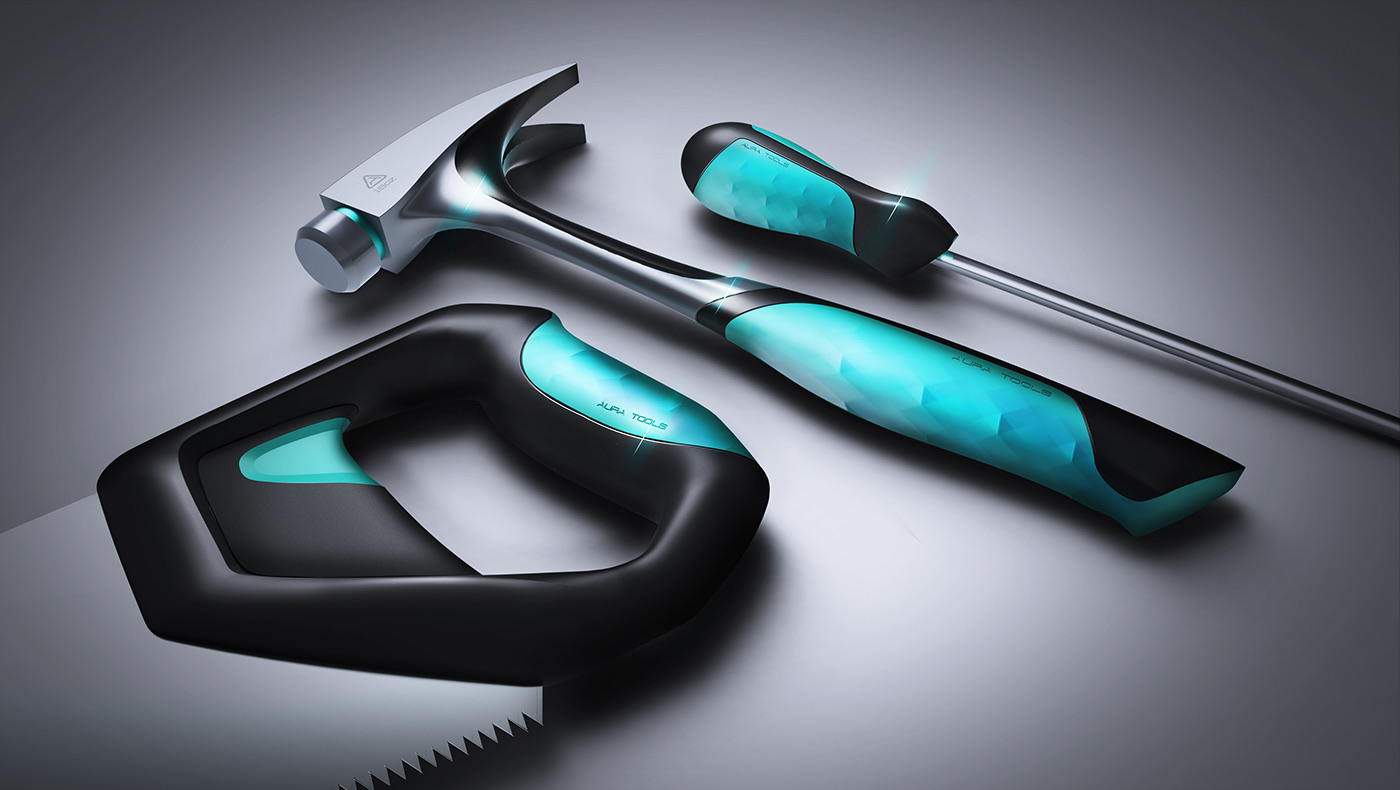

Articles
How To Design Hand Tools
Modified: January 5, 2024
Learn how to design hand tools through informative articles. Gain insights and techniques to create functional and innovative tools for various applications.
(Many of the links in this article redirect to a specific reviewed product. Your purchase of these products through affiliate links helps to generate commission for Storables.com, at no extra cost. Learn more)
Introduction
Hand tools are an essential part of our everyday lives. From simple tasks like tightening a screw to more complex projects like woodworking or automotive repairs, hand tools enable us to get the job done efficiently and effectively. But have you ever wondered how these tools are designed to meet our needs?
In this article, we will delve into the world of hand tool design, exploring the key factors and considerations that go into creating these indispensable tools. We will examine the purpose of hand tools, the importance of ergonomics, the materials used, handle design, essential features, functionality, safety considerations, and even the role of graphic design and branding. By understanding the intricacies of hand tool design, you will gain a deeper appreciation for the thought and craftsmanship that goes into producing these everyday helpers.
So, whether you are a DIY enthusiast, a professional tradesperson, or simply curious about the design principles behind hand tools, this article will provide you with a comprehensive overview of the fascinating world of hand tool design.
Key Takeaways:
- Hand tools are designed with precision, portability, and versatility in mind, empowering users to perform tasks efficiently and safely across various industries and trades.
- Ergonomics, material selection, safety features, and graphic design all play crucial roles in creating functional, user-friendly, and visually appealing hand tools.
Read more: How To Market Hand Tools
Understanding the Purpose of Hand Tools
Hand tools are designed with a specific purpose in mind – to assist us in performing a wide range of tasks that require precision, control, and manual dexterity. They are crafted to make our lives easier and more efficient, allowing us to accomplish various tasks with ease.
One of the primary purposes of hand tools is to provide mechanical advantage. They allow us to exert force or apply pressure in a controlled manner, enabling us to manipulate objects or materials to achieve a desired outcome. This can include tasks such as cutting, drilling, fastening, measuring, or gripping.
Hand tools are also designed to increase our reach. They allow us to access hard-to-reach areas or work in confined spaces where power tools may not be suitable. Additionally, hand tools offer a level of manual control that power tools may lack, making them ideal for tasks that require delicate or precise movements.
Another essential purpose of hand tools is their portability. Unlike bulky power tools that require electrical outlets or batteries, hand tools are lightweight and easy to carry. This makes them perfect for on-the-go tasks or situations where power may not be readily available.
Furthermore, hand tools are often used in situations where human judgment and skill are crucial. A skilled craftsman relies on the feedback and feel provided by hand tools to make precise adjustments or corrections. Whether it’s a woodworker fine-tuning a joint or a mechanic feeling for subtle abnormalities in an engine, hand tools play a vital role in honing their expertise.
Overall, the purpose of hand tools is to empower individuals with the ability to perform tasks efficiently, accurately, and with utmost control. They are versatile, portable, and indispensable in various industries and trades, making them an essential part of our daily lives.
Ergonomics in Hand Tool Design
When it comes to hand tool design, one of the key considerations is ergonomics. Ergonomics focuses on creating tools that are comfortable, efficient, and safe to use, minimizing the risk of strain, fatigue, and injury to the user.
One of the primary aspects of ergonomic hand tool design is handle design. The handle is the interface between the user and the tool, and it should be designed to ensure a comfortable and secure grip. The shape, size, and texture of the handle should be carefully considered to fit the average hand size and reduce the strain on the user’s hand and wrist.
In addition to handle design, the weight and balance of a hand tool are crucial for ergonomic performance. A tool that is too heavy can lead to fatigue and muscle strain, while a poorly balanced tool can affect the user’s control and accuracy. Manufacturers take these factors into account by using lightweight yet durable materials and carefully distributing the weight along the tool’s body.
Ergonomic hand tool design also considers the range of motion required during use. Tools that require repetitive motions, such as screwdrivers or wrenches, should allow for a natural and fluid movement without excessive strain on the joints. Handles with contoured or cushioned grips can help reduce stress on the hands and fingers.
Furthermore, hand tool design takes into account the force required for various tasks. Tools that require high force, such as hammers or pliers, often feature designs that maximize the user’s leverage and reduce the effort needed to accomplish the task. This helps prevent muscle fatigue and reduces the risk of injury.
Overall, ergonomic design in hand tools is essential to enhance user comfort, productivity, and safety. By prioritizing ergonomic considerations, hand tool manufacturers strive to reduce the physical strain on users and create tools that can be used for extended periods without causing discomfort or long-term injuries.
Materials Used in Hand Tool Design
The materials used in hand tool design play a crucial role in determining the tool’s durability, performance, and overall quality. Choosing the right materials is essential to ensure that the tool can withstand the demands of its intended use and provide long-lasting functionality.
Traditionally, hand tools were made from materials such as wood, iron, or steel. Wood was commonly used for handles due to its natural grip and shock-absorbing properties. Iron and steel, on the other hand, offered strength and durability for tool heads and other components.
Today, the variety of materials used in hand tool design has expanded, offering more options in terms of performance, weight, and cost. Here are some common materials used:
- Steel: Steel remains a popular choice for hand tool design due to its strength, durability, and resistance to wear and corrosion. Carbon steel, alloy steel, and stainless steel are commonly used, with variations in hardness and composition depending on the specific tool and its intended use.
- Aluminum: Aluminum is favored for its lightweight nature, making it ideal for tools that require portability or extended use. It offers good strength-to-weight ratio, corrosion resistance, and is often used for handles or tool bodies.
- Titanium: Titanium is a lightweight and high-strength material that offers excellent corrosion resistance. It is commonly used in high-end or specialized hand tools where weight reduction is crucial, such as aerospace or medical applications.
- Plastic: Plastics, such as ABS or nylon, are frequently used for tool handles. They provide a comfortable grip, insulation against electric shock, and are resistant to chemicals and impact. Plastic handles can also be molded into ergonomic shapes, enhancing user comfort.
- Composite Materials: Composite materials, such as fiberglass-reinforced plastics or carbon fiber, offer a balance between strength and lightweight design. They are used in high-end hand tools, particularly in applications where weight reduction and strength are critical factors.
When choosing materials for hand tool design, manufacturers consider factors such as the tool’s intended use, durability requirements, cost, and user comfort. The selection of the right materials ensures that the tool performs optimally, withstands repetitive use, and provides a satisfactory user experience.
Considerations for Handle Design
The handle is a critical component of any hand tool, as it provides the interface between the user and the tool itself. The design of the handle can greatly impact the comfort, control, and overall usability of the tool. Here are some key considerations for handle design in hand tools:
Ergonomics: Ergonomics is at the forefront of handle design. The handle should be shaped and contoured to fit comfortably in the user’s hand, reducing strain and fatigue during prolonged use. Ergonomic handles are often designed to distribute pressure evenly, allowing for a natural and relaxed grip.
Size and Shape: The size and shape of a handle should be suited to the specific task and the average hand size of the target users. Handles that are too small can be uncomfortable, while handles that are too large can result in reduced control and grip strength. Manufacturers consider the ergonomics of the tool and the range of motions required during use when determining the ideal handle size and shape.
Texture and Grip: The texture of the handle plays a role in providing a secure grip. Handles may be textured with patterns, rubberized coatings, or ergonomic materials to enhance grip and prevent slipping, especially when hands are sweaty or oily. Handle materials should also be resistant to chemicals or solvents commonly encountered in specific applications.
Vibration Dampening: Hand tools that produce vibration, such as power drills or jackhammers, may include features to dampen the transmission of vibrations to the user’s hand. This can help reduce the risk of hand-arm vibration syndrome (HAVS) and improve comfort during extended use.
Handle Attachment: The method by which the handle is attached to the tool is another factor in handle design. Handles can be attached using screws, rivets, or other fastening mechanisms. The attachment should be secure to ensure the handle does not detach during use, compromising safety and usability.
Weight Distribution: The weight distribution of the tool impacts balance and control. Manufacturers strive to design handles that distribute weight evenly, optimizing tool performance and reducing strain on the user’s hand and wrist.
Handle Material: Handle materials vary depending on the application and tool requirements. Common handle materials include wood, plastic, rubber, and composite materials. The choice of material affects grip, comfort, durability, and resistance to chemicals or environmental factors.
Accessibility and Safety: Handle design should consider the accessibility of controls and mechanisms, ensuring they are easily reachable and operable. Safety features such as guards or non-slip surfaces may also be incorporated into the handle design to prevent accidents and injuries.
By carefully considering these factors in handle design, hand tool manufacturers create tools that are not only functional but also comfortable, safe, and easy to use. A well-designed handle enhances user experience, reduces fatigue, and allows for precise control, ultimately improving overall productivity and satisfaction.
When designing hand tools, prioritize ergonomics to ensure a comfortable grip and reduce strain on the user’s hands and wrists. Consider the material, weight, and shape to create a tool that is easy and efficient to use.
Read more: How To Hand Form Body Panels With Hand Tools
Essential Features of Hand Tool Design
Hand tools are designed with a variety of features that contribute to their functionality, durability, and overall usability. Whether it’s a simple screwdriver or a complex wrench, these tools incorporate essential features that make them indispensable in various tasks. Here are some key features commonly found in hand tool design:
- Durable Construction: Hand tools are built to withstand the rigors of everyday use. They are typically crafted from durable materials such as steel or alloy, ensuring longevity and resistance to wear and tear.
- Appropriate Size: Hand tools come in various sizes to accommodate different tasks and applications. Size considerations include the length and width of the tool, with smaller tools offering greater precision, while larger tools provide more leverage for heavy-duty tasks.
- Proper Weight: The weight of a hand tool should be balanced to provide optimal control and ease of use. Tools that are too heavy can cause fatigue, while tools that are too light may lack the necessary strength and stability.
- Clear Markings and Measurement Scales: Many hand tools incorporate markings, measurement scales, or indicators to help users achieve accurate results. These features provide guidance and ensure precision in tasks such as measuring, cutting, or aligning.
- Comfortable Handle: The handle of a hand tool should be designed for ergonomic comfort, allowing for a secure and comfortable grip. Handle materials, shape, and texture play a crucial role in minimizing strain and fatigue during prolonged use.
- Easy-to-Use Mechanisms: Hand tools often incorporate simple yet efficient mechanisms that allow for easy operation. Features like quick-release systems, adjustable jaws, or ratchets enhance usability and enable efficient task completion.
- Secure Fastening: Hand tools that require fastening, such as wrenches or pliers, often include mechanisms to ensure a secure grip or hold. These features prevent slipping or accidental disengagement, providing both safety and effectiveness.
- Replaceable or Interchangeable Components: Some hand tools feature replaceable or interchangeable components. This allows for easy maintenance and repair, saving time and money in the long run.
- Cleaning and Maintenance: Hand tools should be designed for easy cleaning and maintenance. Smooth surfaces, corrosion-resistant materials, and access to moving parts enable users to keep their tools in good working condition.
- Proper Storage and Organization: Hand tools often come with storage or organizational features, such as toolboxes, pouches, or magnetic strips. These enable users to keep their tools organized, protected, and easily accessible when needed.
These essential features of hand tool design make them reliable, efficient, and user-friendly. By incorporating these elements, manufacturers strive to create tools that meet the needs of various industries, trades, and tasks, ultimately enhancing productivity and satisfaction for users.
Factors to Consider in Hand Tool Functionality
Hand tools are designed with specific functionalities in mind, and several factors are taken into consideration to ensure their effectiveness and efficiency. These factors determine how well the tool performs its intended task and how user-friendly it is. Here are some key factors that affect hand tool functionality:
- Task-Specific Design: Hand tools are designed with specific tasks in mind. Consideration is given to the shape, size, and features of the tool to optimize its performance for its intended use. A tool designed for cutting, for example, will have a sharp cutting edge and appropriate leverage to make the cutting process easier and more efficient.
- Ease of Use: Hand tools should be intuitive and easy to use. Features such as well-placed handles, well-balanced weight distribution, and ergonomic designs contribute to a tool’s ease of use. Users should be able to grasp the tool and perform the intended task without the need for complex instructions or excessive effort.
- Efficiency and Speed: Hand tools should enable users to complete tasks efficiently and quickly. Factors such as the speed of operation, the range of motion required, and the tool’s functionality all contribute to its efficiency. Tools that allow for quick adjustments or provide rapid results enhance user productivity.
- Accuracy and Precision: Hand tools often require precision, especially in tasks such as measuring, cutting, or aligning. The design and construction of hand tools are engineered to ensure accuracy and precision. Features like clear measurement scales, fine adjustments, or stable holding mechanisms contribute to achieving accurate results.
- Durability and Strength: Hand tools must be sturdy and capable of withstanding the demands of their intended use. Factors such as the choice of materials, construction techniques, and reinforcements affect a tool’s durability and strength. Hand tools should be able to endure repeated use and withstand the forces applied during tasks without deforming or breaking.
- Adaptability and Compatibility: Some hand tools need to adapt to different materials, sizes, or conditions. Features like adjustable jaws, interchangeable components, or compatibility with various accessories enhance a tool’s versatility. This allows users to tackle different tasks or adapt to changing requirements without needing multiple specialized tools.
- Safety Features: Hand tools should incorporate safety features to protect users from potential hazards. Examples include non-slip handles, blade guards, or mechanisms that prevent accidental starts or releases. Safety considerations are crucial to ensure user protection and prevent accidents or injuries.
- Maintenance and Serviceability: Hand tools should be designed for easy maintenance, repair, and serviceability. This includes features such as accessible moving parts, replaceable components, or clear instructions for maintenance. Tools that can be maintained or repaired easily prolong their lifespan and provide a cost-effective solution.
By considering these factors in hand tool functionality, manufacturers can create tools that excel in their performance, provide a positive user experience, and meet the diverse needs of professionals, hobbyists, and DIY enthusiasts.
Importance of Safety Features in Hand Tools
Safety should be a top priority when designing hand tools. Hand tools may seem harmless, but without proper safety features, they can pose serious risks to users. Incorporating safety features in hand tool design is essential to prevent accidents and injuries. Here are some key reasons why safety features are crucial in hand tools:
- Preventing Accidental Injuries: Safety features help prevent accidental injuries by reducing the risk of mishaps during tool operation. Features such as non-slip handles, blade guards, or locking mechanisms prevent unintended movements or contact with sharp edges, minimizing the likelihood of cuts, punctures, or other injuries.
- Enhancing User Protection: Safety features provide an added layer of protection to users. They minimize the potential for direct contact with hazardous parts of the tool or exposure to high-temperature surfaces. Safety measures such as insulation, shields, or safety switches protect users from electrical shocks, heat-related injuries, or other harmful effects.
- Ensuring Tool Stability and Control: Some safety features contribute to the stability and control of hand tools. Examples include anti-vibration features to minimize hand-arm vibrations, ergonomic handles for a secure grip, or weight balance for better control. These features help reduce user fatigue and maintain stability during tool operation, reducing the risk of accidents caused by loss of control.
- Preventing Tool Damage: Safety features not only protect the user but also help prevent damage to the tool itself. Features such as overload protection or clutch mechanisms can prevent excessive force or stress on the tool, prolonging its lifespan and reducing the likelihood of mechanical failure or breakdown during use.
- Compliance with Safety Regulations: Incorporating safety features is often necessary to comply with industry standards and regulations. Regulatory bodies set guidelines for the design, manufacture, and use of hand tools to ensure user safety. Manufacturers that prioritize safety features in their tools can meet these requirements and provide their customers with peace of mind.
- Promoting Safe Work Practices: Safety features in hand tools promote a culture of safety and encourage users to follow safe work practices. When users are confident that a tool is equipped with appropriate safety measures, they are more likely to take precautions and adopt proper techniques, reducing the risk of accidents and injuries.
Ultimately, the importance of safety features in hand tools cannot be understated. By prioritizing safety, manufacturers not only protect users from harm but also establish trust and confidence in their products. The incorporation of safety features ensures that hand tools can be used effectively and efficiently without compromising the well-being of the user.
Graphic Design and Branding in Hand Tool Design
Graphic design and branding play an important role in the overall presentation and perception of hand tools. While functionality and durability are crucial factors in hand tool design, aesthetics and branding help differentiate tools in a competitive market. Here are some key aspects of graphic design and branding in hand tool design:
- Logo and Branding: Hand tool manufacturers often incorporate their logo and branding elements prominently on the tool. This helps establish brand recognition and loyalty among users. The logo acts as a visual identifier, representing the quality and trust associated with the brand.
- Color Choice: The color scheme used in hand tool design can add visual appeal and create brand recognition. Companies may choose colors that align with their brand identity or use bold and contrasting colors to make their tools stand out on store shelves.
- Packaging Design: The packaging of hand tools is an opportunity to showcase the brand’s identity and product features. Effective packaging design should be visually appealing, informative, and protect the tools during storage and transportation. Clear branding and product information make it easier for consumers to make informed purchasing decisions.
- Graphic Elements: Graphic elements such as patterns, textures, or illustrations can be used to enhance the visual appeal of hand tools. These elements may be incorporated into the tool’s handle, packaging, or promotional materials to create a distinctive and memorable design.
- Typography: The choice of typography in hand tool design can convey a sense of professionalism, reliability, or even playfulness, depending on the brand’s image. Clear and legible typography on the tool itself or in marketing materials ensures that information is easily understood by users.
- Consistency: Consistency in graphic design and branding helps build brand recognition and trust over time. Hand tool manufacturers strive to maintain consistent visual elements across their product range, packaging, and marketing materials, reinforcing their brand identity.
- User Instructions and Safety Labels: Graphic design is crucial in conveying user instructions, safety precautions, and warning labels on hand tools. Clear and well-designed labels ensure that users understand how to operate the tool safely and are aware of potential risks.
- Consumer Appeal: Graphic design and branding influence consumer perception and purchasing decisions. Aesthetically pleasing tools with well-designed graphics are more likely to attract consumers and create a positive impression of quality and reliability.
While functionality is paramount in hand tool design, the incorporation of effective graphic design and branding elements adds value to the overall product experience. Graphic design helps establish a strong brand identity, differentiate tools in a competitive market, and create a visually appealing product that resonates with consumers.
Conclusion
Hand tool design is a fascinating combination of functional considerations, ergonomic principles, material selection, and visual aesthetics. The purpose of hand tools is to empower individuals to perform tasks efficiently, accurately, and with utmost control. Whether it’s tightening a screw, cutting through material, or measuring with precision, hand tools are essential companions in various industries and trades.
Ergonomics plays a crucial role in hand tool design, prioritizing user comfort, control, and safety. The design of the handle, weight distribution, and ease of use are carefully considered to enhance the overall user experience. Materials used in hand tool design, such as steel, aluminum, or plastics, are chosen for their durability, strength, and weight considerations.
Handle design is a critical aspect of hand tool design, taking into account factors like ergonomics, size, shape, and grip. Proper handle design ensures that users can comfortably and securely hold the tool, minimizing strain and fatigue during use.
Additionally, essential features such as durability, size, weight, measurement scales, and replaceable components contribute to the functionality and versatility of hand tools. These features are designed to meet the specific needs of tasks and industries, allowing individuals to work efficiently and achieve accurate results.
Safety features are of utmost importance in hand tool design, ensuring user protection and preventing accidents and injuries. Non-slip handles, blade guards, vibration damping, and other safety measures are incorporated to minimize risks and promote safe work practices.
Graphic design and branding elements are also carefully considered, creating visual appeal, enhancing brand recognition, and adding value to the overall product experience. Logos, color schemes, packaging design, and typography all contribute to the tools’ visual identity and consumer appeal.
In conclusion, hand tool design is a multidimensional process that marries functionality, ergonomics, materials, safety, and visual aesthetics. By understanding the intricacies involved in hand tool design, we can appreciate the craftsmanship and attention to detail that go into creating the tools that assist us in our everyday tasks. With continual advancements in design and technology, hand tools will continue to evolve, providing us with even more efficient, user-friendly, and safe tools to tackle any job at hand.
Frequently Asked Questions about How To Design Hand Tools
Was this page helpful?
At Storables.com, we guarantee accurate and reliable information. Our content, validated by Expert Board Contributors, is crafted following stringent Editorial Policies. We're committed to providing you with well-researched, expert-backed insights for all your informational needs.
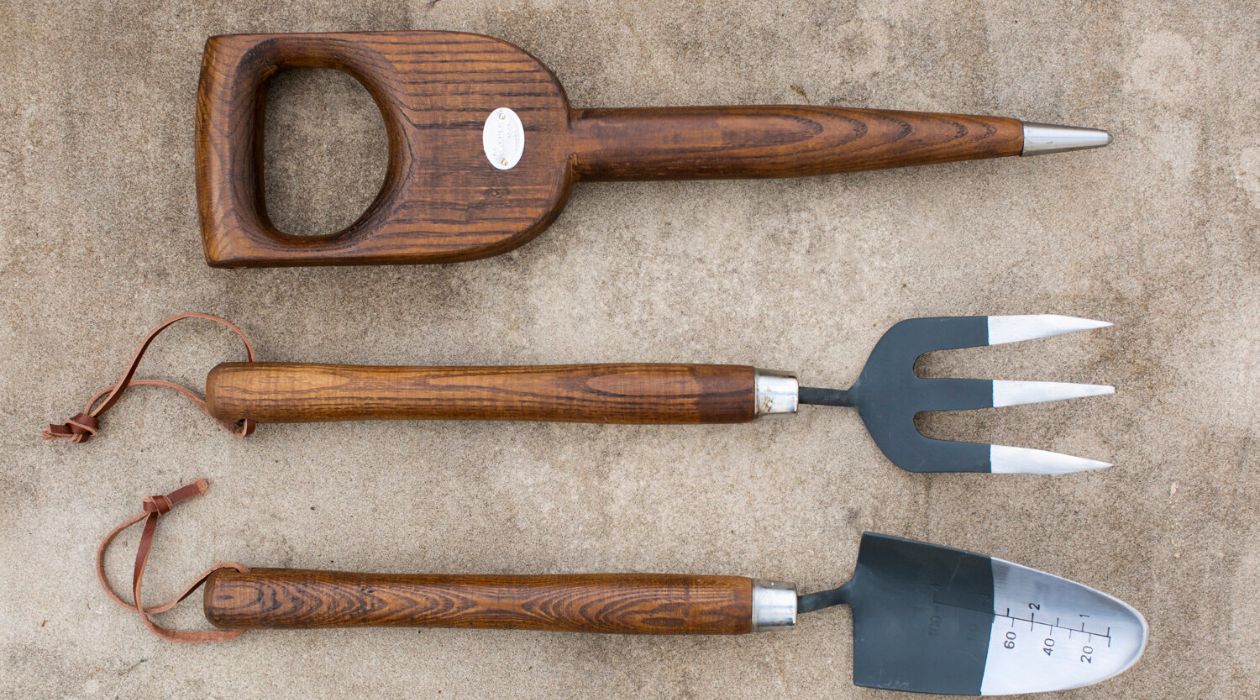
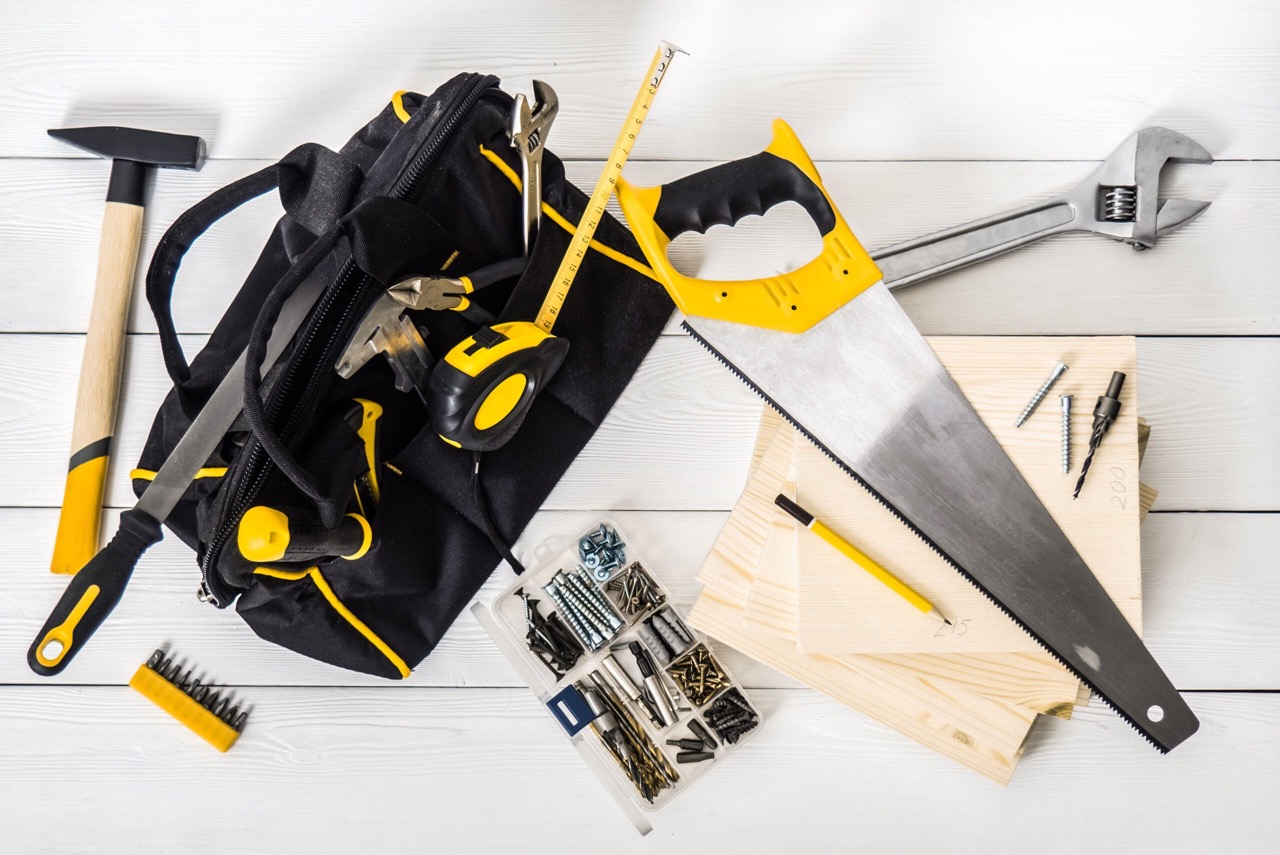


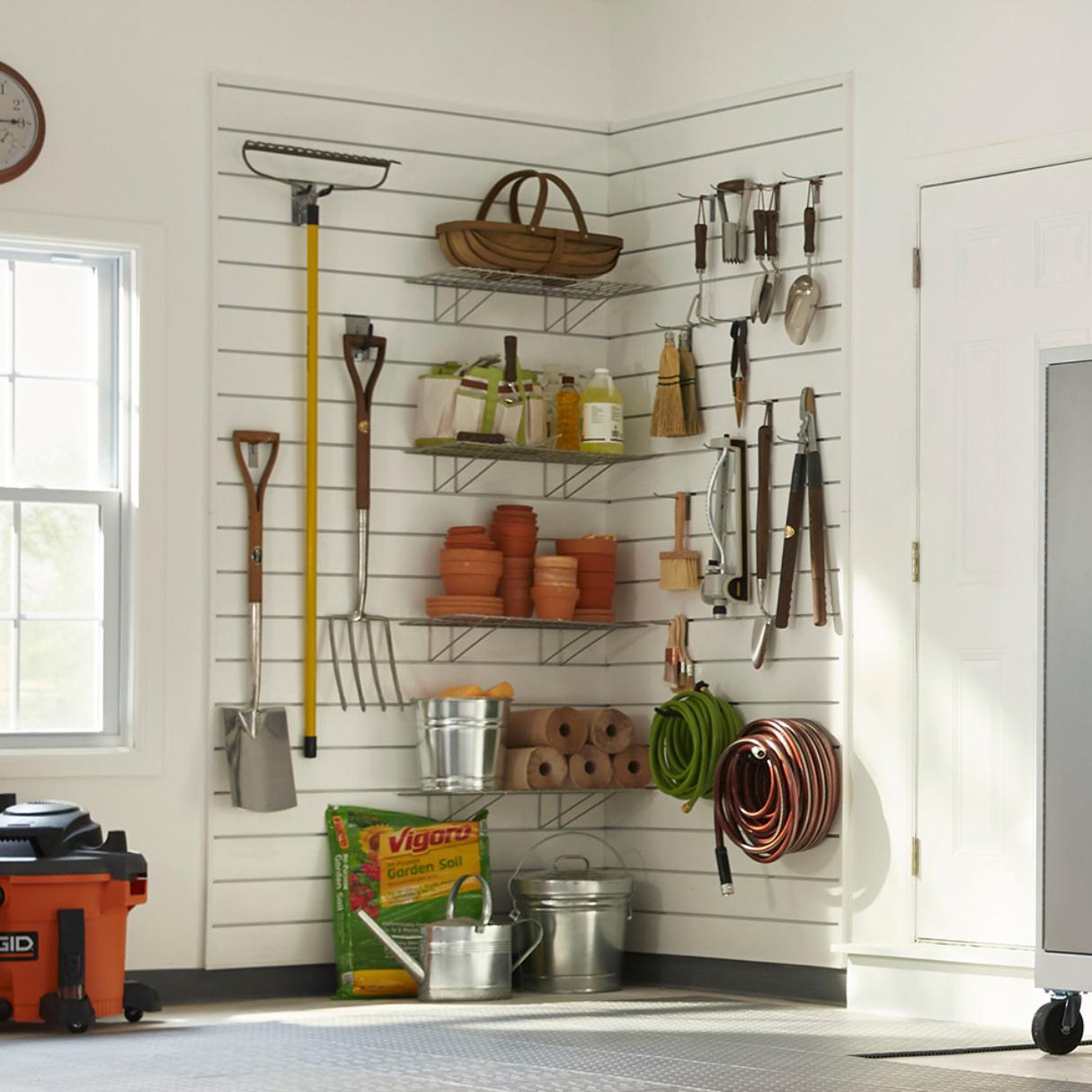
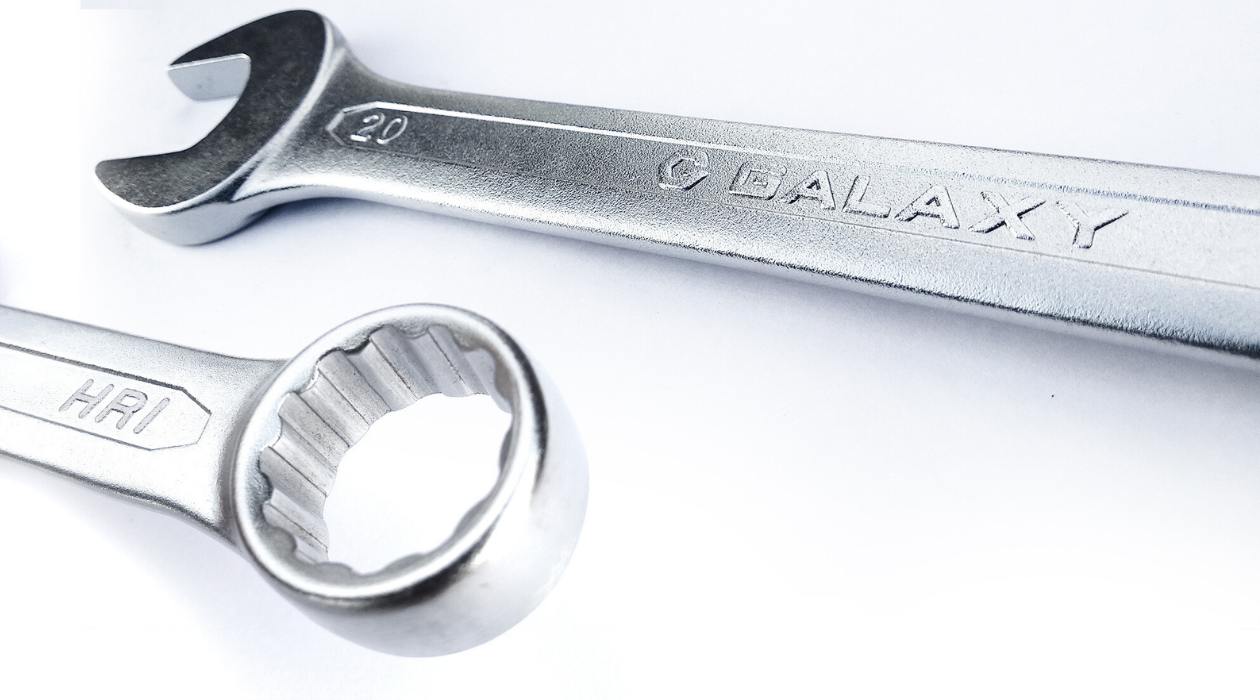
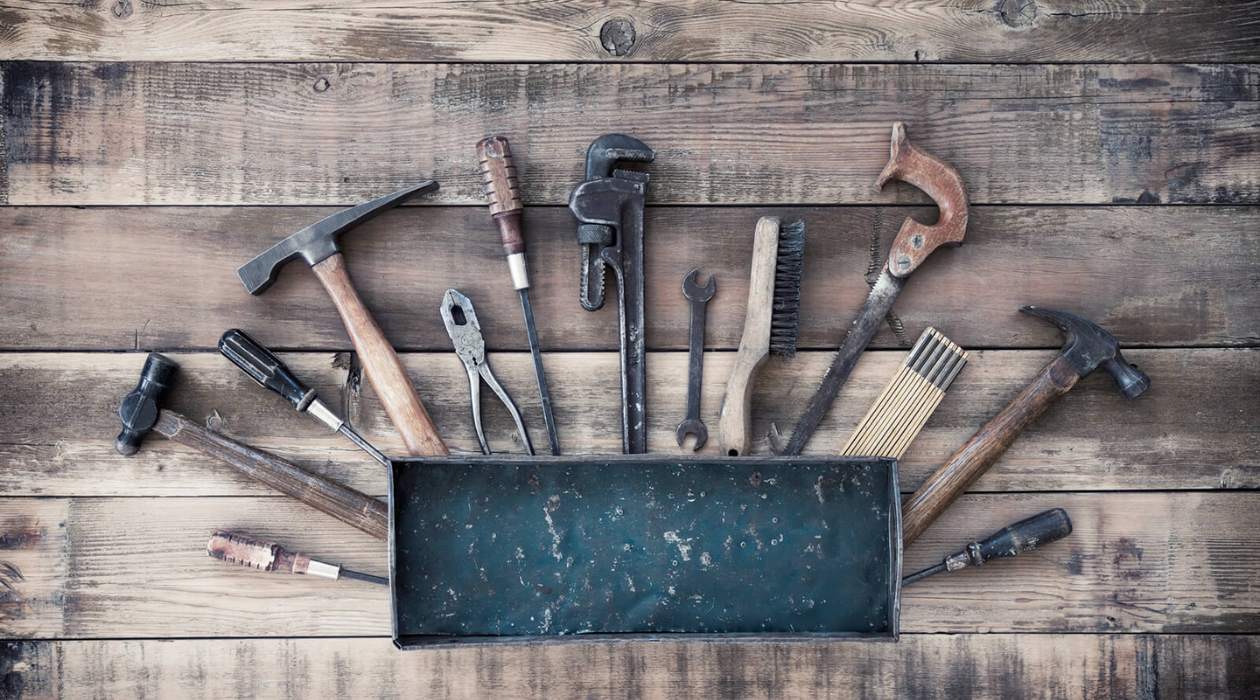
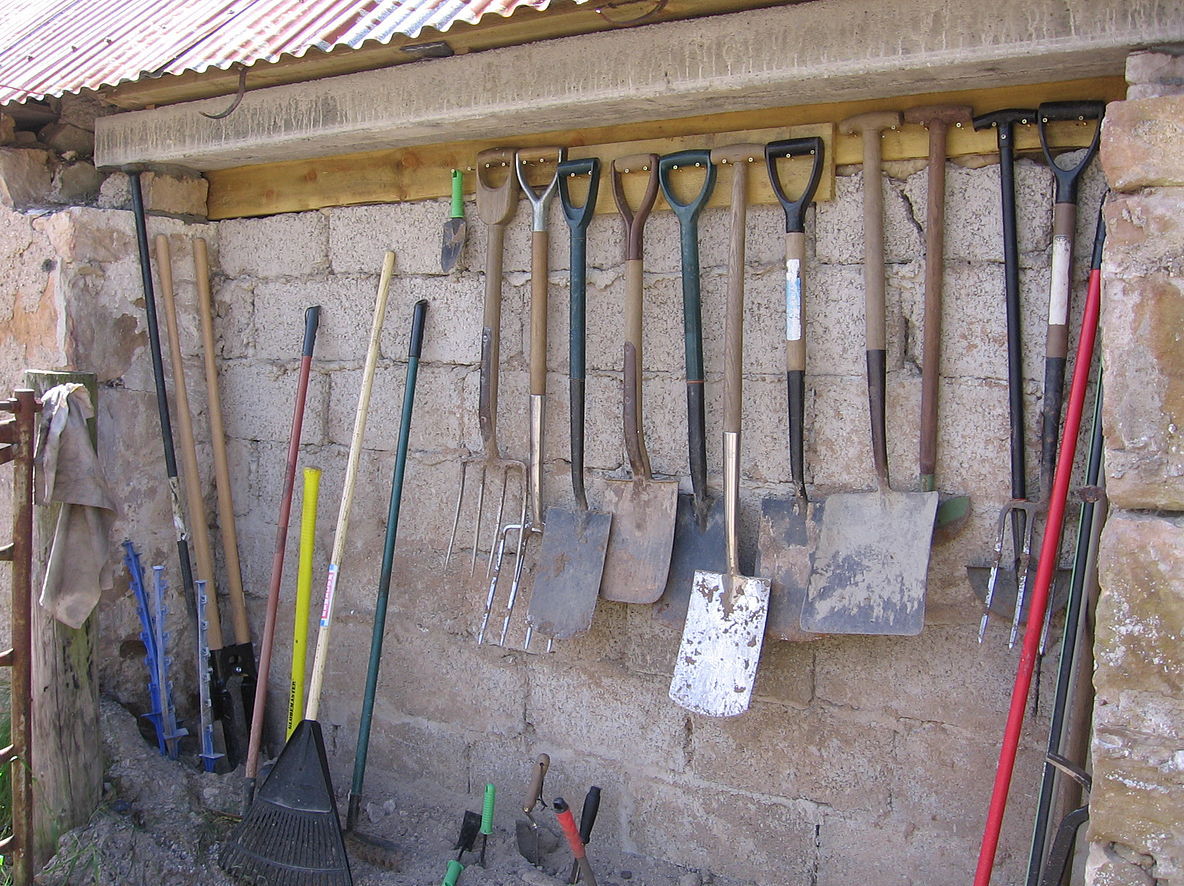
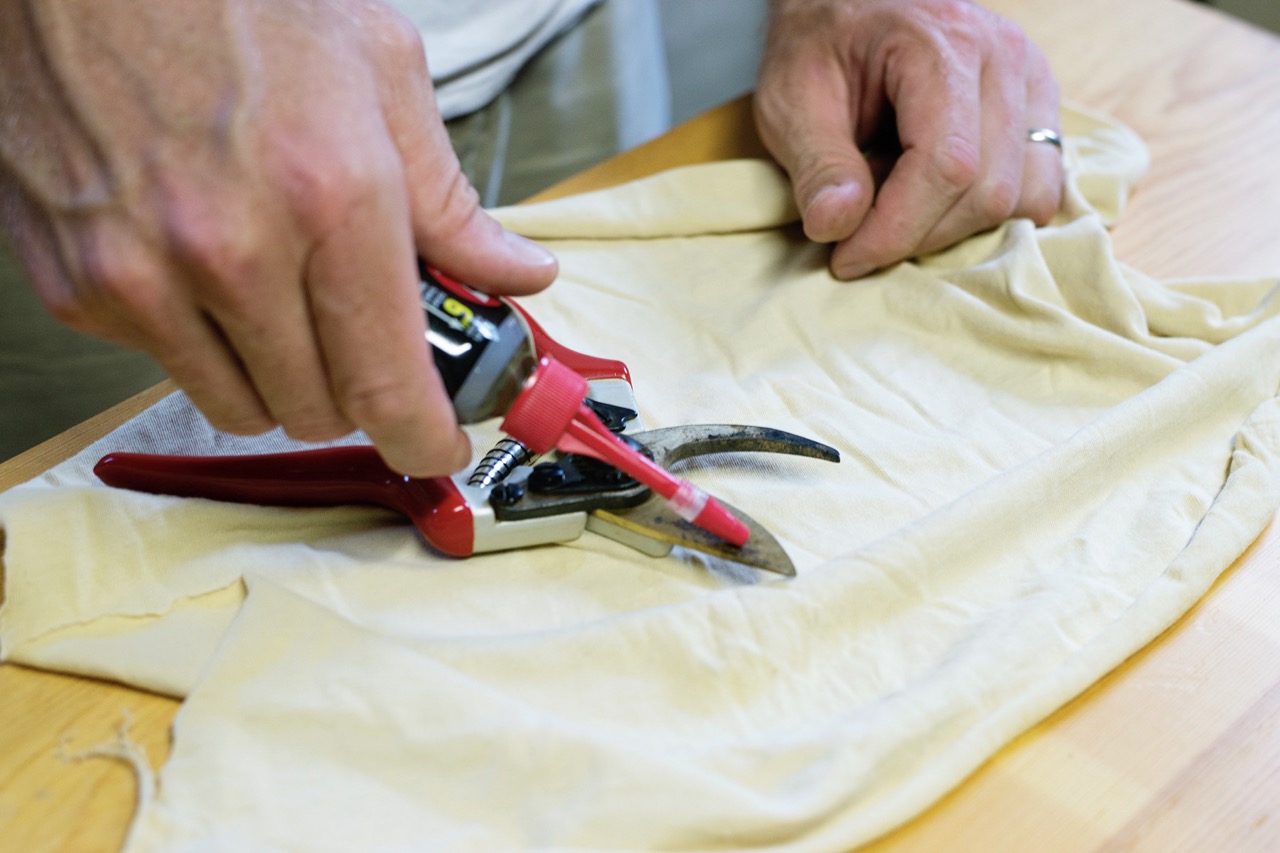
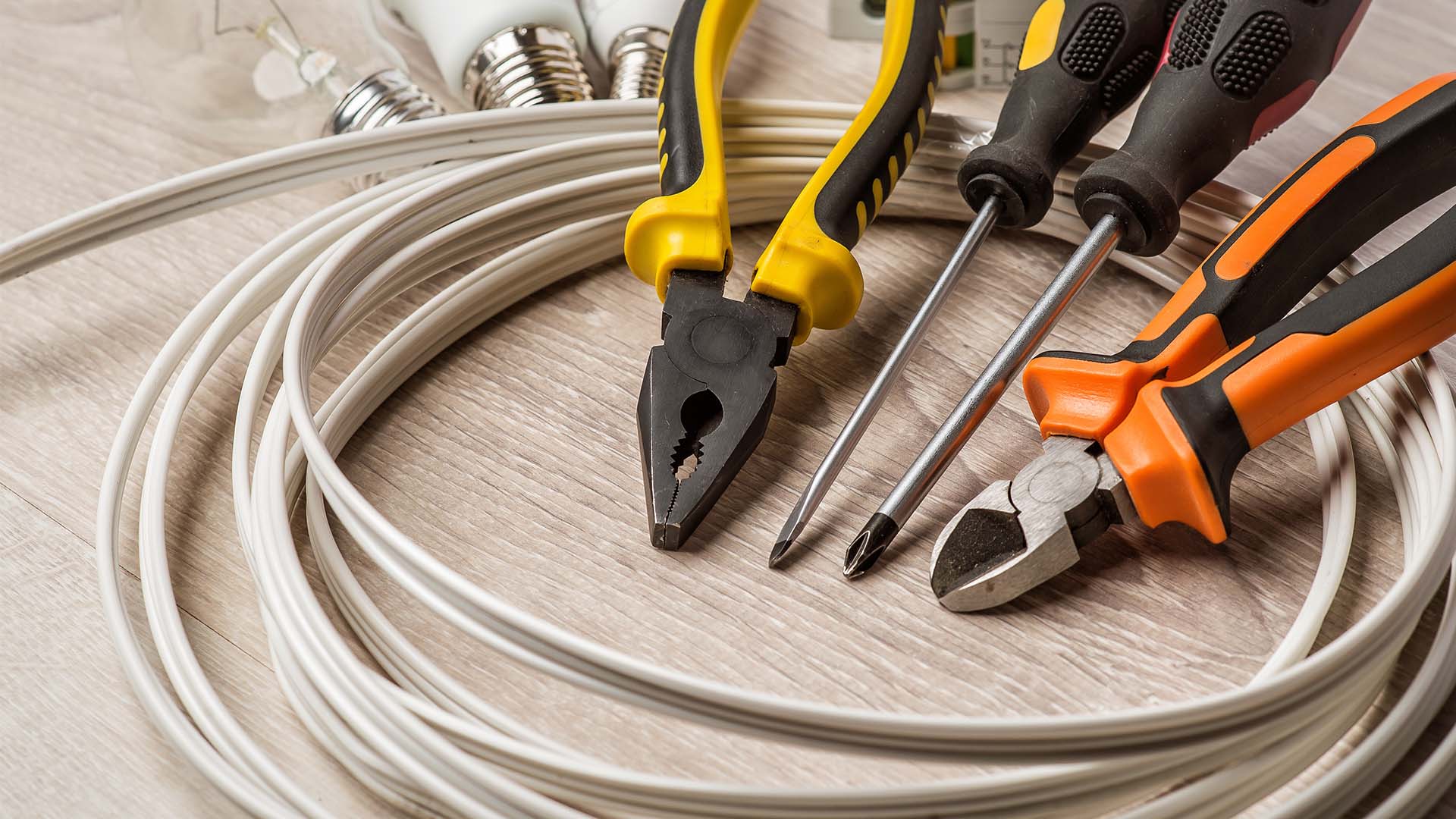
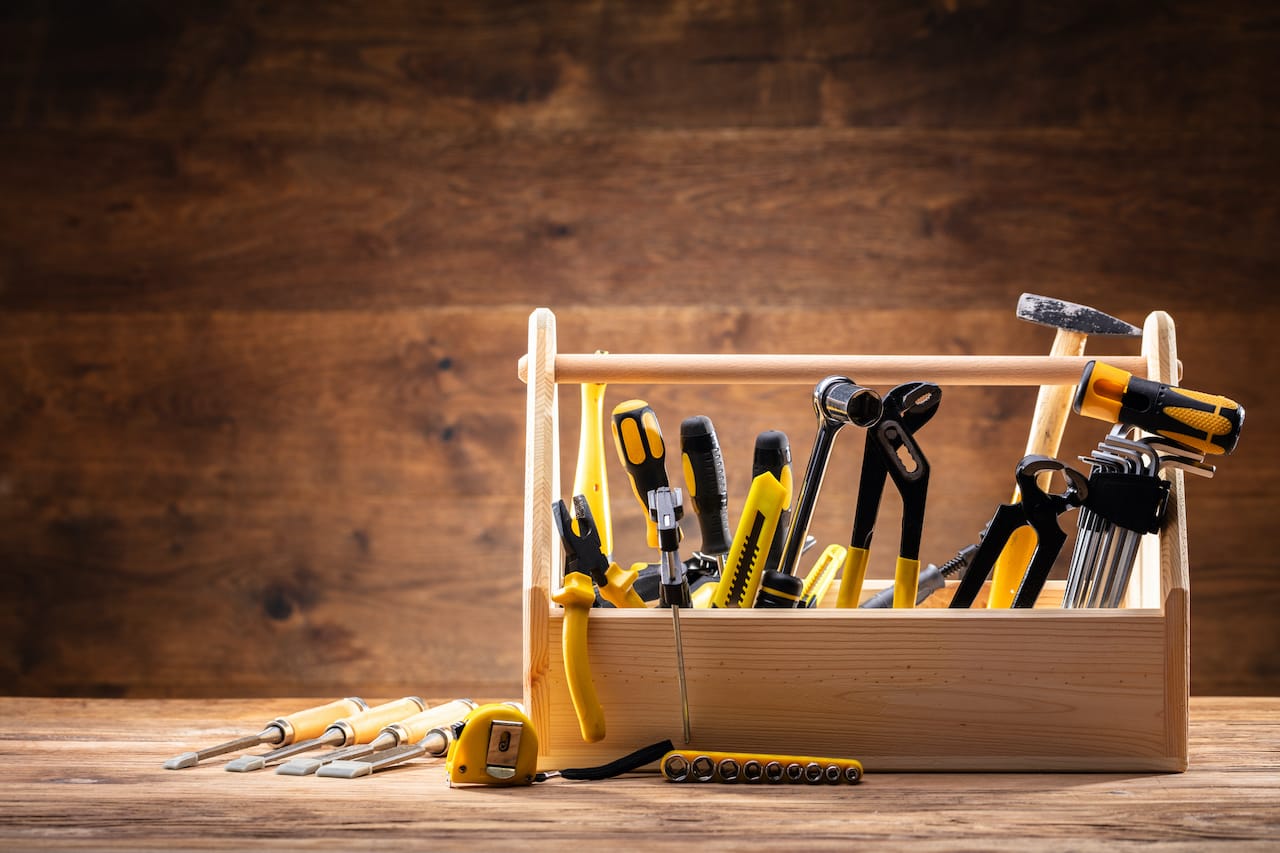
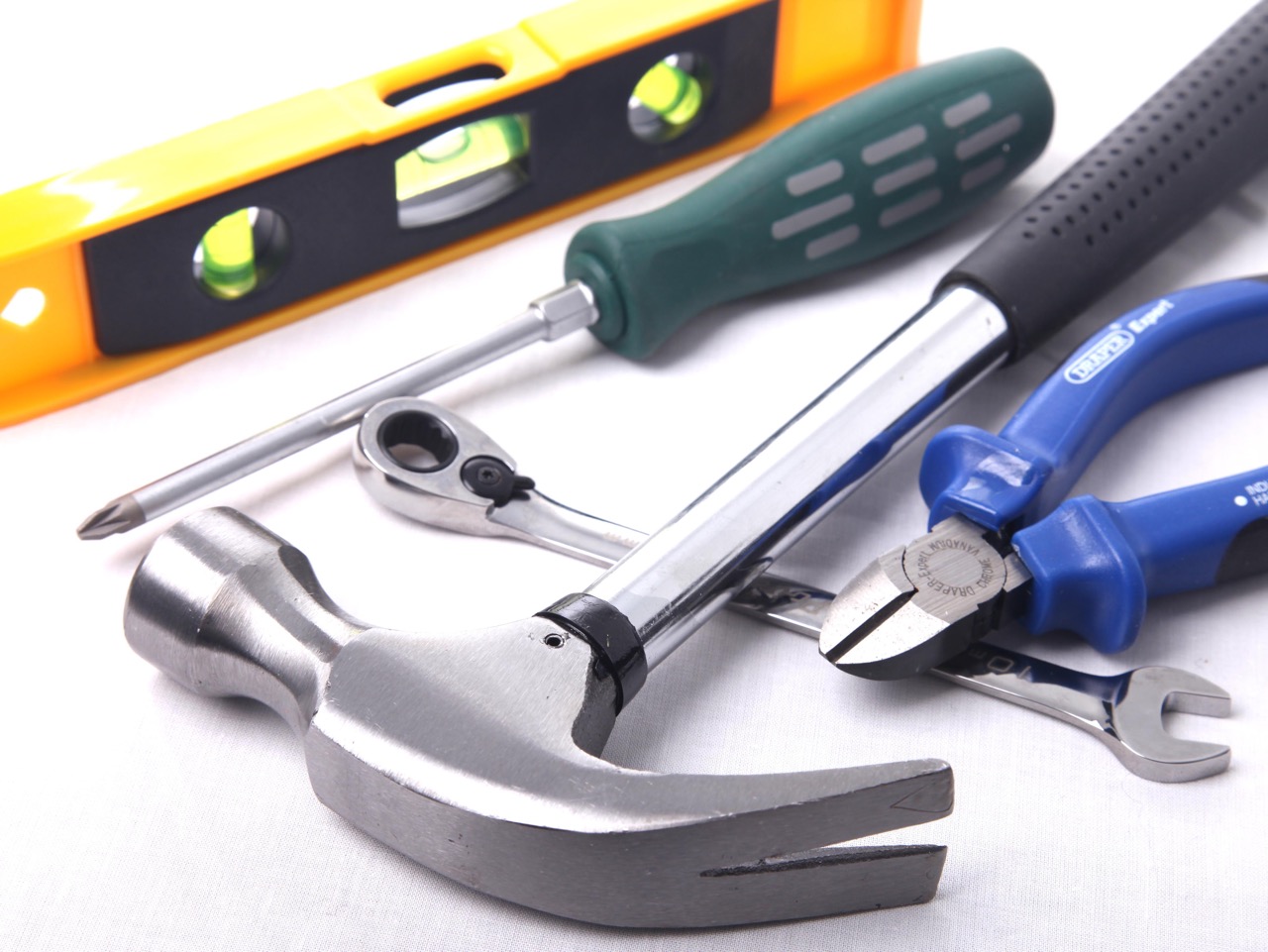
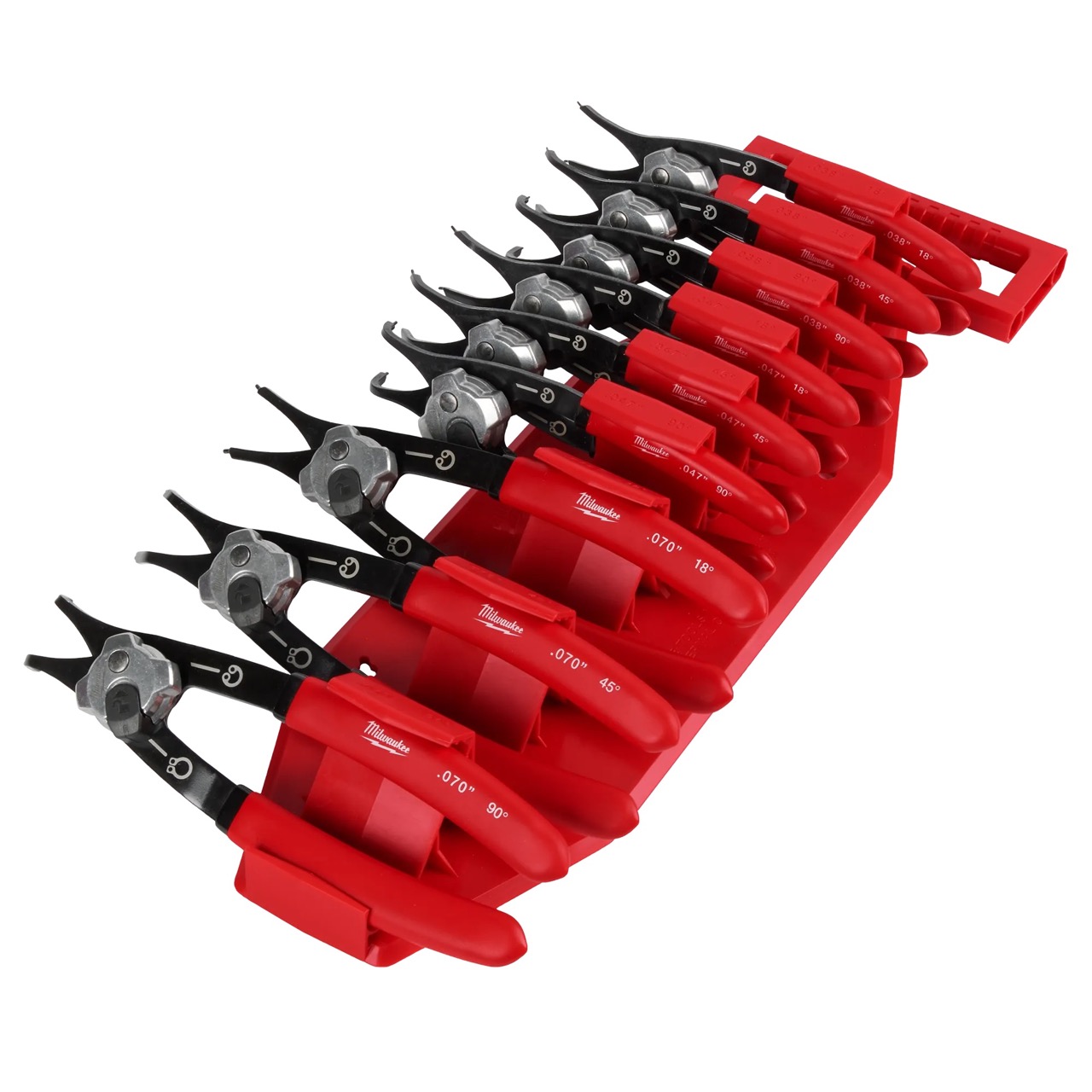

0 thoughts on “How To Design Hand Tools”